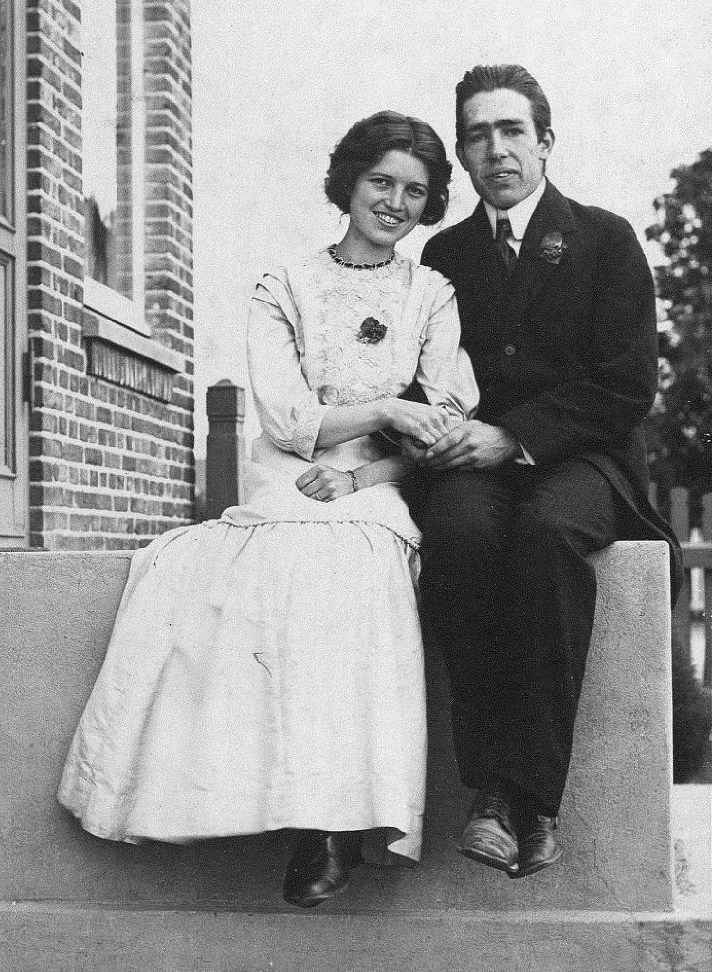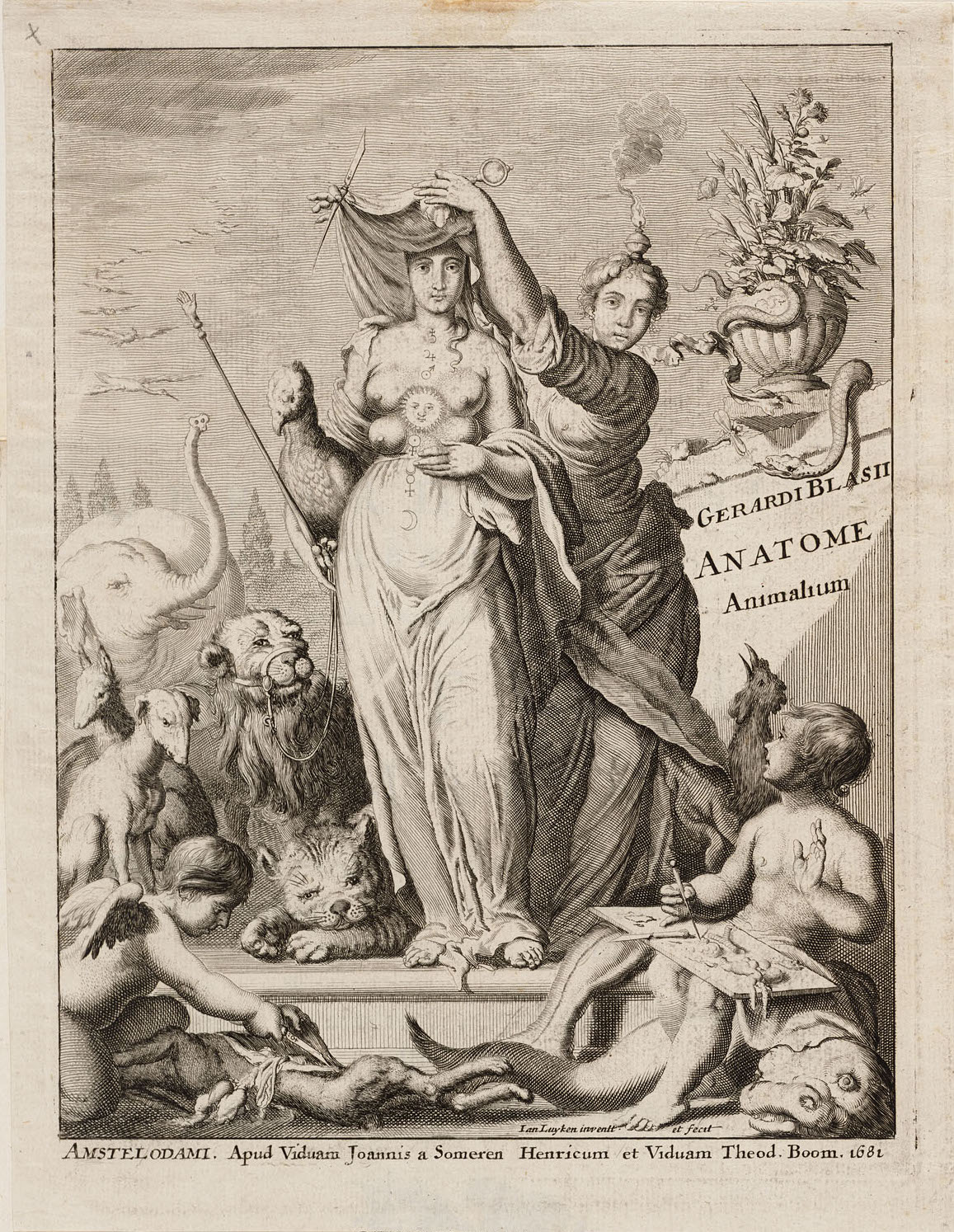Editor Picks for 2018
In 2018, we had our biggest publishing year yet, putting out more content — monthly issue essays, multiple themed blog series, and podcast episodes — than any previous year. Though it was difficult to choose from such large body of excellent work, we have picked our top five pieces from the monthly issues and blog to round out the year.
MONTHLY ISSUE
Where in the world is…Cathy Carlston? by Joy Lisi Rankin
“But how did Carmen, which originated as a mystery game wherein players solved geography and history clues, become this lucrative and beloved global franchise? The story traditionally told points back to Brøderbund software and Carmen’s game designers, a group of men including Lauren Elliott, Gene Portwood, and Dane Bigham. This traditional story, like so many others in the history of science and technology, narrowly defines technology and technological success, thus expunging the work of women.”
The Work of Art in the Age of Xerox Reproduction by Erica Eisen
“Artists who experimented with xerography — using photocopiers, laser printers, and the like to make and reproduce artworks — did not merely use copy machines to distribute their artwork; they also used their art to investigate the creative potential of the devices themselves. Rather than simply replicating images, xerographic artists cut and pasted, combined and recombined, folded and bound, and experimented with recopying, overlay, and other effects.”
Crafting Quantum Theory: Margrethe Bohr and the Labor of Theoretical Physics by Megan Shields Formato
“Seeing someone like Margrethe Bohr as more central to the story of making quantum theory requires shifting the polarities of what we usually count as scientific labor. We have to see how paperwork, so often gendered as the work of women, and set aside as inconsequential, does in fact involve intellectual labor. Paperwork can be conceptual work, shaping both the content and form of scientific theory. Drafting, writing, revising, and organizing is scientific labor, too.”
(Pro)Creating Science: The Parenting Metaphor, Gender, and Scientific Memory by Sam Muka
“The metaphor of parenting a discipline is enduring but inconsistently applied and skewed towards paternity. The continued use of this metaphor, both by scientists and historians of science, tells us that the narratives we form about scientific procreation reflect a continued belief that women lack the vital capabilities to anchor fields of knowledge. Current use of this metaphor excludes women as capable of giving birth to substantial knowledge groups and subsequently strengthens the perception that science is a field built and powered primarily by male ingenuity.”
Dr. Jane C. Wright and the Making of Modern Oncology by Victoria Forster and Elizabeth Wayne
“Wright quite simply, participated in starting a revolution that has saved the lives of many people with cancer, but she is still relatively unknown outside the cancer field. While Rosalind Franklin and Marie Curie are celebrated as pioneers in 20th century medical science, Wright barely enters the public eye as a representative of historical women in science. Women like Franklin and Curie are portrayed so frequently that they may appear to be the only women making significant contributions to modern medical science. This focus on a small number of white women, however noble in intent, is not an accurate representation of women in the history of science, and it erases a far more diverse group of women who participated in shaping modern medical science — women like Wright.”
FROM THE BLOG
Hiding in Plain Sight by Anna Reser
“We note often in Lady Science that if you look for women only in the places you expect to see them, you’ll miss them. Meaning that we should expand our definitions of science and look for women engaged in scientific practice in nontraditional spaces. But this episode proved to me that the problem is perhaps more serious. This woman was right beside the male scientist. Her name was literally connected to his by an ampersand on the covers of numerous books, and yet the presenter didn’t feel that they should try to source even the most basic biographical details about this woman.”
Hearing Women of Color in Space by by Dr. Chanda Prescod-Weinstein and @MrDrChanda
“As we celebrate the completion of the first season of a Star Trek series with a Black woman lead, fans should consider how Discovery, like TOS and ENT before it, succeeds and fails in breaking away from racial stereotypes and tropes long attached to women of color characters. Let’s be vocal about demanding that future seasons of Discovery allow the voices of women of color — in regular rather than recurring roles — to be heard in authentic and meaningful ways.”
Robots Are Better Than Mark Zuckerberg by Deanna Day
“A metaphor is an argument. When people view Zuckerberg as a robot it’s a tactical win for him and for the company he runs: an excuse for the ignorance he claims of his business model, and cover for his disinterest in the Facebook “community” from whom he takes without consent. Ironically, casting a man as a robot humanizes him. But comparing Mark Zuckerberg to Data unfairly grants to Zuckerberg the credit that Data’s service to his fellows has earned. If Zuckerberg wants to be seen as a robot, he has to earn it with his actions, first.”
After Birth by Emilie Haertsch
”The focus of healthcare professionals is often on the defenseless baby, and mothers do not feel comfortable prioritizing their own health. Women are socialized to listen, be polite, and put others’ needs before their own. This expectation is even higher for mothers. “Good” mothers are seen as those who sacrifice themselves for their children, and it is widely accepted that that sacrifice is our biological urge. Any deviation from that, or perceived deviation, is shamed.”
When A Sweatshirt Is Armor by Kelli Dunham
“It's pretty ridiculous that the key to having pain adequately addressed is these dude-ification measures. But I believe in the harm reduction approach to medical self-advocacy, and since my identity and appearance makes it possible for me to temporarily embrace the rigid gender binary in exchange for the privilege that comes with simply appearing male, I grab onto this opportunity with both hands.”














